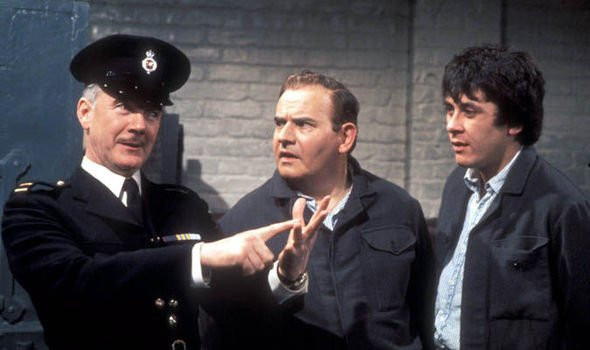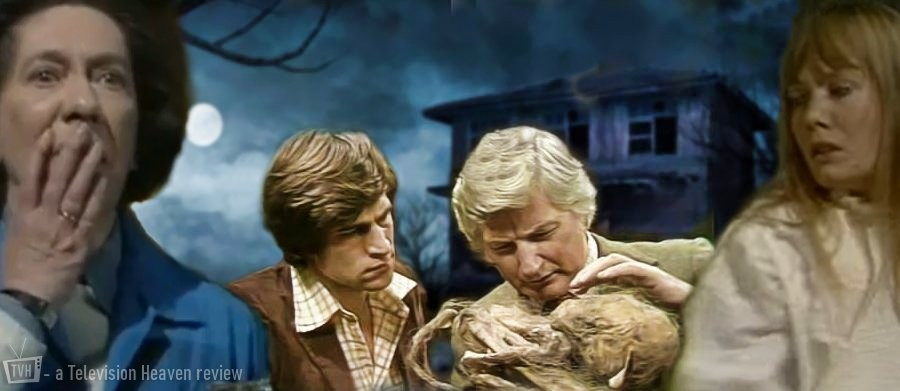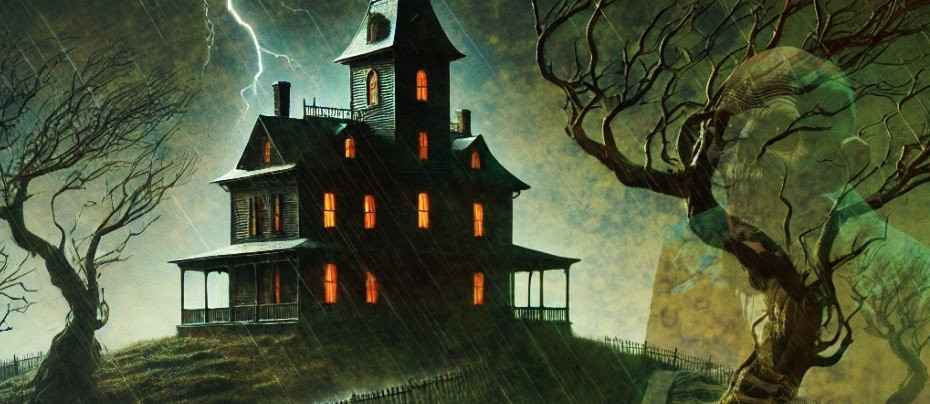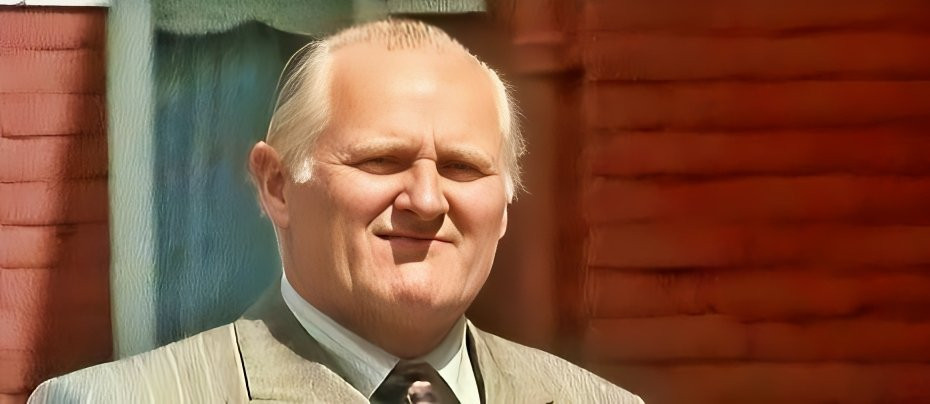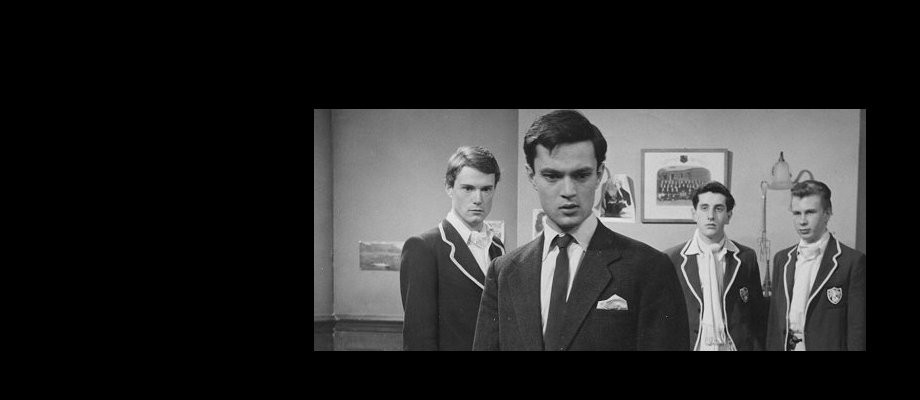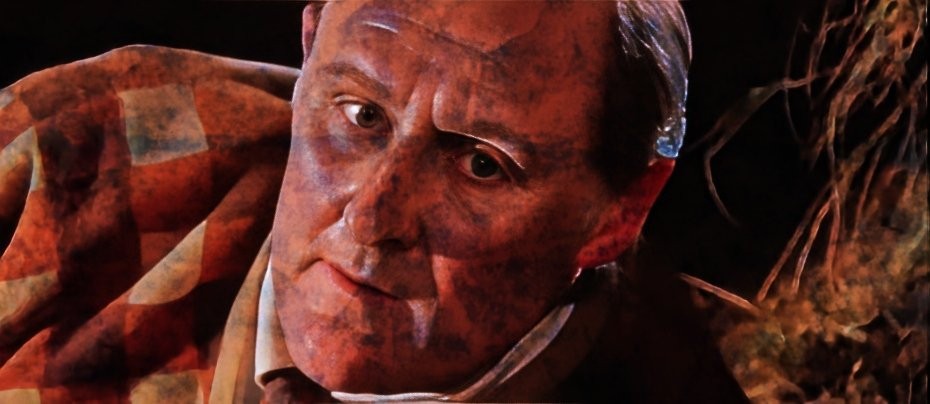
A Warning to the Curious
1972 - United KingdomA Haunting Journey into the Unseen
In 1972, the BBC presented A Warning to the Curious, an adaptation of M.R. James's ghost story, as the second instalment of its A Ghost Story for Christmas strand. Adapted and directed by Lawrence Gordon Clark, the film of M.R. James' short story is an exemplary piece of British horror that relies on atmosphere, suspense, and the power of suggestion to evoke fear and unease, rather than graphic horror or overt special effects.
The narrative is set in the eerie, windswept landscapes of Norfolk, where the desolate and haunting environment plays a pivotal role in creating the film’s unsettling mood. The story revolves around Paxton, an amateur archaeologist portrayed with poignant vulnerability by Peter Vaughan. Paxton, desperate and down on his luck, arrives in the small coastal town of Seaburgh with the hope of discovering the legendary lost crown of East Anglia, a relic believed to protect the country from invasion.
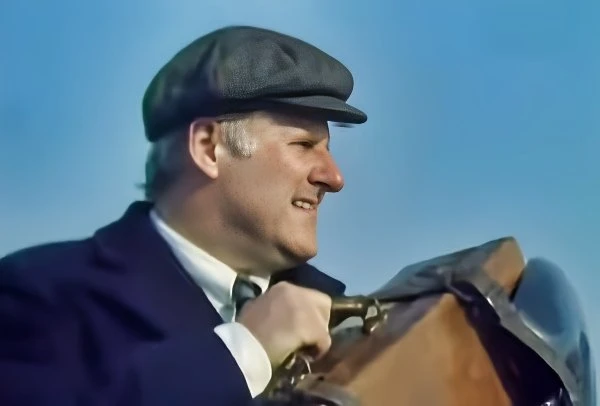
Whilst the original short story was published in 1925, Lawrence Gordon Clark took the decision to bring it forward a few years to the time of the Great Depression and changed the character of Paxton from a young, innocent amateur who discovers the crown by accident, and is still unaware of what it represents, to a middle-aged man who is not merely a treasure hunter but a man on the edge, whose financial desperation and dwindling prospects drive him to the brink of rationality. Peter Vaughan’s portrayal of Paxton is both compelling and sympathetic. He brings a depth to the character that presents Paxton as a relatable and tragic figure whose fate elicits genuine sympathy from the audience, making his eventual descent into terror all the more impactful.
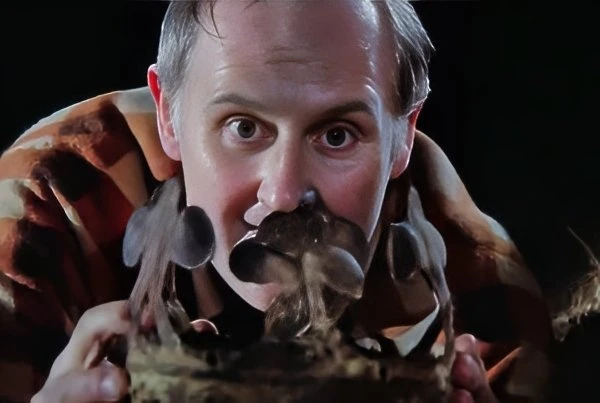
Paxton discovers the location of the buried crown by learning that the local Ager family had been its guardians for generations. The last guardian, William Ager (John Kearney), had died a few years earlier. After Paxton unearths the crown, he finds himself pursued by its supernatural protector. Realizing the peril he faces, Paxton enlists the help of his fellow hotel guest, Dr. Black (Clive Swift), to reinter the crown in hopes of pacifying the vengeful spirit. However, the two men significantly underestimate the severe consequences awaiting those curious enough to disturb the crown.
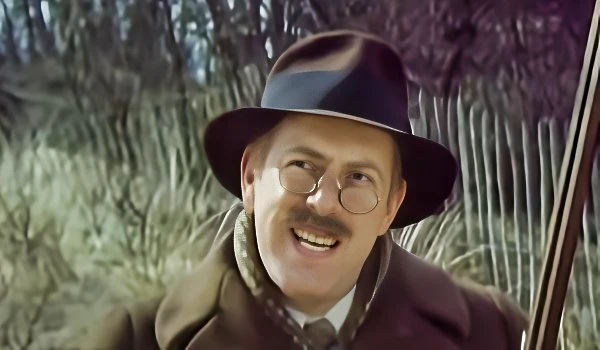
Lawrence Gordon Clark’s direction is masterful in its subtlety and restraint. He understands that true horror often lies in what is suggested rather than what is shown. This is evident in the way he uses the landscape to build tension. The East Anglian coast, with its vast, empty beaches and brooding skies, becomes a character in itself, a desolate and almost otherworldly place where ancient horrors might plausibly linger. The cinematography, with its stark, muted tones, enhances this feeling of bleakness and isolation, drawing viewers into Paxton’s increasingly paranoid world.
The film’s pacing is deliberate, allowing the suspense to build gradually. Early scenes are imbued with a sense of foreboding, whether through the ominous warnings of the locals or the mysterious, spectral figure that begins to haunt Paxton. The sound design, too, is used to great effect. The eerie silence of the coastal landscape is occasionally broken by the unsettling sound of the wind, the distant crash of waves, or the faint, ghostly whispers that seem to follow Paxton wherever he goes. The film avoids modern horror tropes, instead opting for a slow-burn approach that allows the horror to seep in gradually. This is particularly effective in the scenes where Paxton begins to realize he is being followed by a malevolent presence. The spectral guardian of the crown is rarely seen but often felt, a shadowy figure that seems to lurk just out of sight, its presence suggested by fleeting glimpses and eerie sounds.
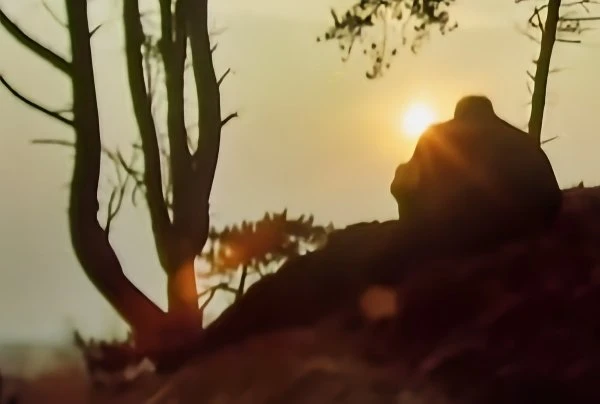
The climax of the film is a masterclass in understated horror. As Paxton’s paranoia reaches its peak, he flees into the forest, desperately trying to escape the vengeful spirit. The final confrontation on the edge of the forest by the desolate beach, where Paxton meets his tragic end, considering it takes place in daylight, is both harrowing and inevitable. The film’s conclusion, with Dr. Black standing over Paxton’s lifeless body as the wind howls around them, lingers in the mind long after the credits roll.
For fans of ghost stories and atmospheric horror, A Warning to the Curious remains a must-watch, a timeless piece of cinematic craftsmanship that continues to haunt and captivate audiences.
Seen this show? How do you rate it?
Seen this show? How do you rate it?
Published on May 31st, 2024. Written by Marc Saul for Television Heaven.




